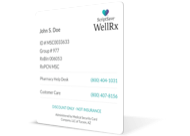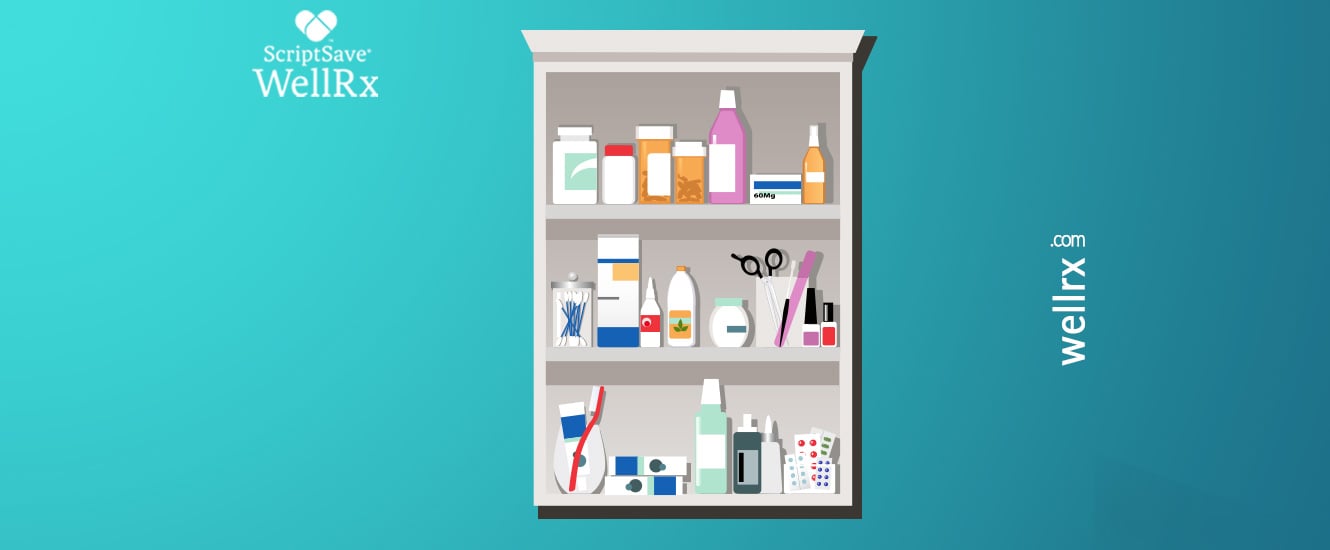Copyright 2024
Medical Security Card Company, LLC
All Rights Reserved
WellRx will never sell your personal information. Period. By signing up I agree to WellRx's terms of use and privacy policy.
by Mitchell Welton, PharmD Candidate 2019
University of Arizona
December 27, 2018
The use of marijuana draws a wide range of strong opinions out of people. Its advocates will tout all of its potential benefits of medical marijuana, while its opponents try to draw from the negative stigma that surrounds it. As in all hotly contested topics, the truth usually falls somewhere in between the opposing viewpoints. While the use of marijuana still remains illegal at the federal level, there are many states that have approved its medical use for qualifying individuals to treat certain conditions, and even fewer states have approved its recreational use.
California was the first state to legalize marijuana for medical use in 1996 and since then many states have followed suit. About a dozen states have legalized marijuana for medical use. The difference between medical and recreational use warrants its own discussion and the disagreement can be seen at a legislative level with more leniency being extended to medical over recreational. This author would generalize medical marijuana in this article as containing a higher concentration of CBD over THC, for all intents and purposes, in order to discuss medical marijuana compared to FDA approved cannabinoids.
The two chemicals of interest found in marijuana are tetrahydrocannabinol (THC) and cannabidiol (CBD) although the plant itself may contain up to 400 different chemicals. A recreational smoker would be looking for a higher concentration of THC which is the psychoactive component delivering the “high” that users seek. 1 CBD is the cannabinoid that doesn’t produce the “high” and has recently been approved by the FDA as an oral solution, called Epidiolex, to treat seizures. There are currently only three FDA approved, cannabinoid medications on the market. 2
The first of these medications was approved in 1985 by the FDA known as Marinol or dronabinol. A synthetic form of THC first approved for the treatment of chemotherapy induced nausea and vomiting. Its indication was expanded to include the treatment of weight loss and anorexia in people with AIDS. Other studies have found efficacy in achieving pain relief in patients with multiple sclerosis (MS) and treating other neuropathic pain. 3 Cesamet, or nabilone, is another synthetic cannabinoid that mimics THC also approved in 1985 for the treatment of chemotherapy induced nausea and vomiting with off label use to treat fibromyalgia shown in a 2011 systematic review of cannabinoids for chronic pain. 4 The third, Epidiolex, has already been mentioned which is the first FDA approved drug derived from marijuana. The previous two drugs where synthetic. Epidiolex is used in the treatment of two rare, but severe forms of epilepsy. 2
There are multiple factors to consider when thinking of safety between the two types of marijuana. First that comes to mind is the administration. Let’s take dronabinol for example as it has been around the longest from an FDA approval standpoint and such has been examined in multiple studies. This is a liquid filled capsule taken by mouth. Like many oral medications it may take some time for it to be absorbed which means a delay in its effect. This is something to keep in mind as a quick onset of action would be preferred when treating nausea and vomiting. Once the capsule is taken by mouth and absorbed the next consideration is its excretion from the body.
Dronabinol has an elimination half life of 19 to 36 hours meaning there will be a therapeutic level of the medication in the blood for a significant period of time. Other considerations I would bring to attention of the reader is the environment in which the medication is produced. Part of the FDA requirement is the manufacturing standard the medication is subjected to. Conditions must be controlled in its production which would allow us to assume there would be little tainting or contamination. Lastly, this synthetic medication is a pure isomer of THC meaning the end user is not consuming the potential 400 other chemicals found in the marijuana plant which could account for less of a “high” from any other psychoactive cannabinoids. 5
Marijuana in contrast when smoked has a much more rapid onset of action however may be inappropriate for use in patients with asthma or COPD. Ingesting marijuana will have a slower onset and more unpredictable absorption. Once in the system the body would eliminate marijuana faster than dronabinol. Though its production is not regulated like the FDA approved medications, each state has its own laws limiting the cultivating of your own marijuana and licensing of larger cannabis farms. 5
No matter where you might stand on the issue, there is a place in healthcare for the use of marijuana. The question lies in the best way to regulate and manage it. It is important to always evaluate safety and efficacy with any treatment used. Patients should always be treated with evidence-based methods and in accordance to state and federal laws. For better or for worse marijuana, and its use, continues to garner support and opposition in larger numbers. This is a landscape that will continue to change as we look for developments in the application of its use.
References:

For your convenience, use the ScriptSave® WellRx mobile app. Now savings are well in hand, right at the pharmacy counter. Save on your family's prescription medicines.
Learn More
Your choice. Get a ScriptSave WellRx Savings Card. Or Download the free mobile app from the App Store or Google Play Store
Get A Card
ScriptSave WellRx Grocery Guidance leverages leading-edge nutritional data science to help you know which food products on your grocery store shelf are truly good for YOU.
Healthy Foods For YouTags:

June 09, 2022

April 26, 2022
You need to log into the site to use this feature
This feature requires registration. Sign up or log in to your free WellRx account to gain access to this and other tools to help make managing your medications and wellness easier.
Benefits Include:
 Store & manage your medication list
Store & manage your medication list
 Medication pricing updates
Medication pricing updates
 Medication information
Medication information
 Pill & refill reminders
Pill & refill reminders
 Medication journal & mood log
Medication journal & mood log
This feature requires registration. Sign up or log in to your free WellRx account to gain access to this and other tools to help make managing your medications and wellness easier.
Benefits Include:
 Store & manage your medication list
Store & manage your medication list
 Medication pricing updates
Medication pricing updates
 Medication information
Medication information
 Pill & refill reminders
Pill & refill reminders
 Medication journal & mood log
Medication journal & mood log
You will be redirected to your program in 5 seconds.
Our Terms and Conditions and Privacy Policy have recently been updated.
By declining you will be logged out of your account